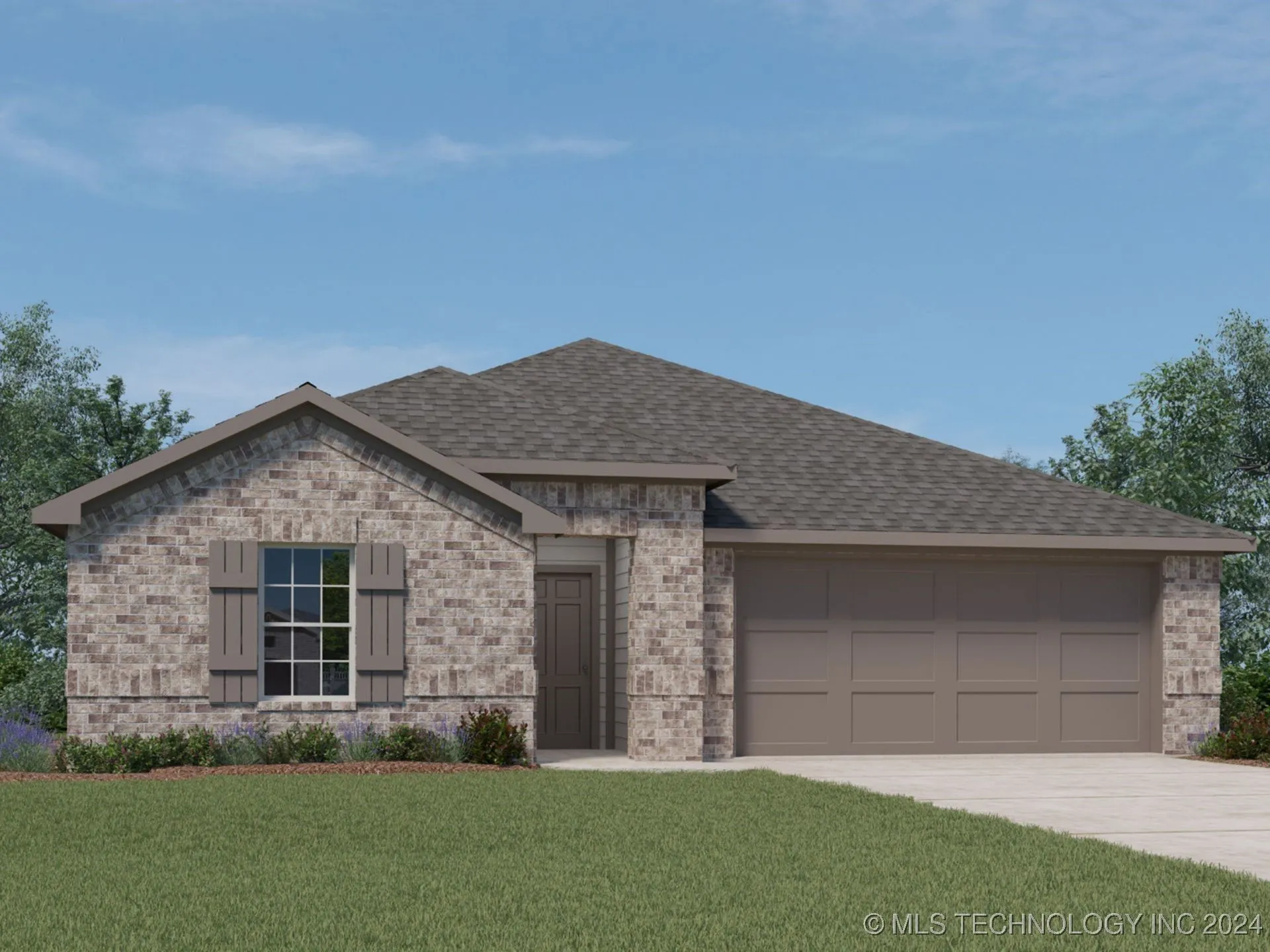Unveiling the Secrets of 311: What You Need to Know Now!
In the bustling landscape of modern urban communication, 311 has emerged as a critical lifeline connecting residents directly to their local government services. This innovative communication system has revolutionized how citizens interact with municipal authorities, transforming the way community issues are addressed and resolved.
The Origin and Purpose
311 is far more than just a simple telephone number – it’s a comprehensive municipal service platform designed to streamline communication between residents and local government agencies. Launched in various cities across the United States, the system provides a dedicated non-emergency contact point for community members to report issues, request services, and obtain critical city information.
How 311 Works
Residents can access 311 services through multiple channels:
1. Telephone hotlines
2. Online web portals
3. Mobile smartphone applications
4. In-person service centers
The primary goal is to divert non-emergency calls from 911, ensuring that emergency services remain available for critical situations while providing a robust alternative for community concerns.
Practical Applications
What can you actually use 311 for? The range of services is impressively broad:
– Reporting potholes and road damage
– Requesting street cleaning
– Logging noise complaints
– Obtaining information about city services
– Reporting streetlight outages
– Inquiring about public transportation schedules
“311 is like a Swiss Army knife for urban problem-solving,” says urban planning expert Dr. Rebecca Martinez. “It empowers citizens to actively participate in community maintenance.”
Behind the Scenes: Data-Driven Governance
The 311 system is not just about immediate problem resolution. It serves a deeper purpose of data collection and analysis. Local governments can track service requests, identify recurring issues, and make informed decisions about resource allocation and infrastructure improvements.
Technological Evolution
Modern 311 systems are increasingly sophisticated, incorporating:
– Artificial Intelligence
– Chatbot technologies
– Real-time tracking mechanisms
– Comprehensive digital reporting platforms
Challenges and Limitations
Despite its numerous advantages, 311 is not without challenges. Some common issues include:
– Potential long wait times during peak hours
– Varying levels of service across different municipalities
– Technological adaptation barriers for less tech-savvy residents
Success Stories
Cities like New York, Chicago, and San Francisco have demonstrated remarkable success with their 311 systems. New York City’s 311 platform, for instance, handles over 50,000 service requests daily, showcasing the system’s incredible potential for urban management.
Community Impact
By providing an accessible communication channel, 311 services:
– Increase government transparency
– Enhance citizen engagement
– Improve overall municipal responsiveness
Best Practices for Using 311
When making a 311 report, remember to:
1. Be specific and detailed
2. Provide exact location information
3. Include relevant context
4. Stay calm and professional
The Future of Urban Communication
As technology continues to advance, 311 services are expected to become even more integrated, personalized, and efficient. The integration of AI and machine learning promises to make these systems more responsive and user-friendly.
Conclusion
311 represents more than just a telephone number – it’s a powerful tool of civic engagement, transforming how communities interact with local government. By understanding and utilizing these services, residents can play an active role in maintaining and improving their urban environments.
Pro Tip: Save your local 311 contact information and familiarize yourself with the services offered in your specific municipality.
Disclaimer: Service availability and features may vary by location. Always check with your local government for specific 311 service details.






Leave a Comment